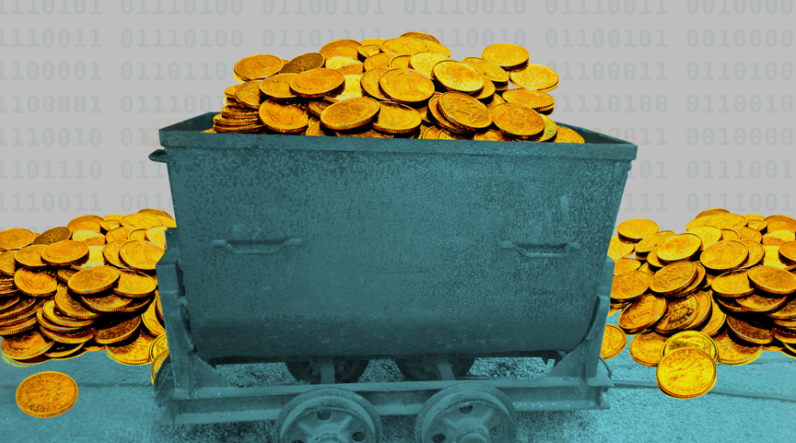
Bitcoin and cryptocurrency mining in general has gone from being an arcane hobby to the bread and butter of currency mining startups that are now evolving to be major blockchain technology solutions providers, such as PeerNova. Some individuals and companies that have tried bitcoin mining on the side have come forward to say that it hasn’t been worth the effort or the cost. We wondered why some have been successful while others have not, and could cryptocurrency mining be a profitable endeavor for companies on the side? The answer: It depends.
Getting the Math Right
We talked to a few developers and engineers from our company who’ve experimented with cryptocurrency mining to get their take on the idea, and we came to the conclusion that mining on the side could be profitable for some companies if done right. First of all, it comes down to getting the math right, and that can be more complicated than it seems.
“Well, it depends on how much a hash costs really,” says Dwayne Vogler, a software engineer at Data Foundry. “You need to multiply energy used per hash times the cost of energy times the average number of hashes per block mined. The average number of hashes per block mined is essentially set by the network. Then, compare that cost to the average income per block mined. The more processing power there is on the network, the higher the average number of hashes per block mined. So, in order to anticipate this, you must anticipate how the network will grow.”
Owning the Right Equipment
The reason many companies have not found mining to be worth it is that they don’t own enough of the right equipment. Robert Baker, a systems administrator for Data Foundry says, “When it comes to mining, proof of work is done mostly on GPUs or purpose-built ASICs (circuitry built specifically for currency mining) these days. So, the pool of resources may be smaller than one expects at first glance. Sure you can mine with CPUs, but in my experience the hash rate will not justify the electrical expense.”
So, companies that have enough GPU resources could potentially use them during off-hours to mine cryptocurrency. Such companies might include architecture and design firms, visual imaging firms, oil and gas firms and geoscience firms using HPC for 3D visualization and simulation. Many of these companies likely use their processing power for regular work only during typical business hours, leaving GPU resources available for mining the rest of the time. The majority of companies currently use mostly CPU resources, but this may change in the future as more companies upgrade their processors for machine learning.
Having the Right Staff
The last essential component to making mining on the side work is having the right person on staff to handle the mining process, and to make enough profit to justify the expense. Currency mining is not a set it and forget it activity. It’s like the stock market. You’ll want to know what currency to mine and when. If you have no one on staff to take on the project, Doug Swarin, Data Foundry’s software architect has another idea. “If you could find a way to outsource the selection of what to mine and when to one person or company who can make those decisions for a significant number of customers, that would lower that cost for all the participating companies.”
So, in conclusion, currency mining can be profitable, and has been profitable for those who have efficient resources that can properly balance costs.
Follow us on Twitter or LinkedIn to get our latest blog updates.
